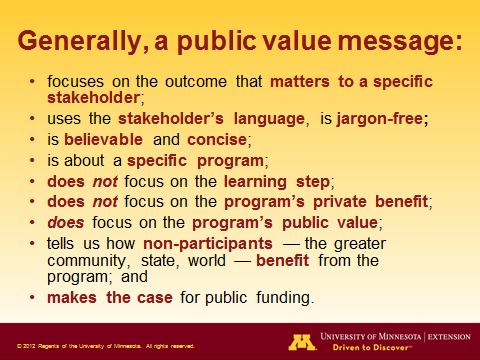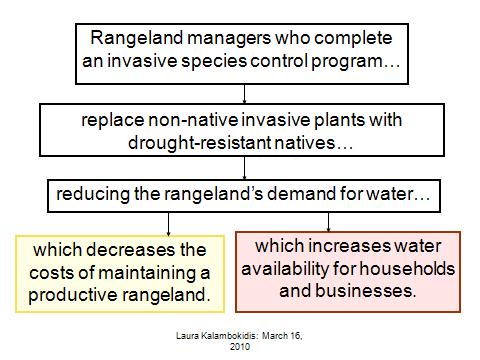Give voice to the public value experts
Occasionally I become aware that some of the participants in a BEPV workshop have had prior experience with the workshop. Some may have participated in a full workshop or completed the train-the-trainer course, others may have been introduced to the BEPV content in a speech or webinar.
Photo credit: Joe Shlabotnik on FlickR.
I am often uncertain about how to address the range of experience in the audience. If I teach primarily to the inexperienced, I run the risk of disengaging those familiar with the content. If I teach to those with experience, I may frustrate the newbies. Because I usually do the former, I am willing to bet that more than a few participants have emerged from one of my workshops mumbling, “Well, that was nothing new.”
Last week at a training session for the LEAD21 leadership development program, a trainer used an approach that I think can be effective with a mixed-level-of-experience group. The trainer first asked group members who had been through a similar training to identify themselves. S/he then named these people as the group’s experts on the topic, and said that s/he would call on them to enrich the training by sharing their own experiences. Instead of expressing unease that some people in the group were already familiar with the content (which I’m sure I have done), the trainer showed gratitude that the room was rich with peer expertise.
Here are some ways I can see using this approach in a BEPV workshop:
==Ask people with prior experience to not only identify themselves, but describe briefly the kind of experience they have had (e.g., prior workshop, writing public value messages).
==If time allows–and if the experts are few in number–ask them to explain why they have chosen to attend the training again. I might use that information to more effectively prioritize the program content.
==Arrange participants so that the experts are distributed among the work groups.
==Before setting groups to work on an activity, ask the experts what they recall as the pitfalls for that activity, For example, I can imagine someone saying, “I remember that it takes a while to get all the way through the stakeholder exercise. Make sure you quickly choose a program to work on and move ahead to the exercise.”
==During the next steps module, ask the experts what steps they have taken since their original training, and what obstacles and successes they have experienced.
I am grateful to the LEAD21 trainers for the reminder to draw “expert” participants into the conversation and to encourage them to share their knowledge with their peers.
(Photo credit: Joe Shlabotnik on FlickR.)










